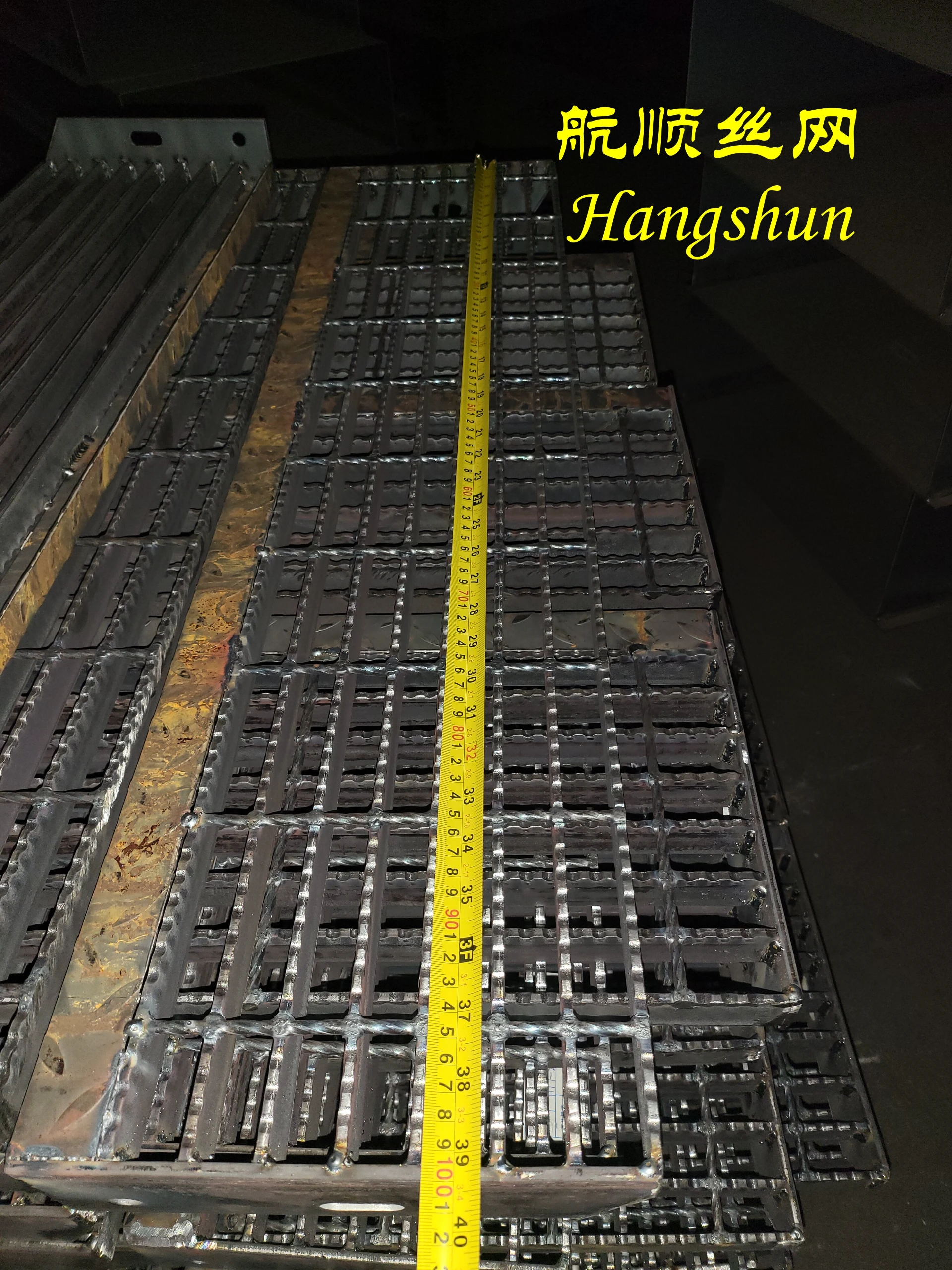- Industrial zone, South of Anping Town, Hengshui, Hebei, China.
- sales@hfpetromesh.com
- +86-18931809706
 Afrikaans
Afrikaans  Albanian
Albanian  Amharic
Amharic  Arabic
Arabic  Armenian
Armenian  Azerbaijani
Azerbaijani  Basque
Basque  Belarusian
Belarusian  Bengali
Bengali  Bosnian
Bosnian  Bulgarian
Bulgarian  Catalan
Catalan  Cebuano
Cebuano  Corsican
Corsican  Croatian
Croatian  Czech
Czech  Danish
Danish  Dutch
Dutch  English
English  Esperanto
Esperanto  Estonian
Estonian  Finnish
Finnish  French
French  Frisian
Frisian  Galician
Galician  Georgian
Georgian  German
German  Greek
Greek  Gujarati
Gujarati  Haitian Creole
Haitian Creole  hausa
hausa  hawaiian
hawaiian  Hebrew
Hebrew  Hindi
Hindi  Miao
Miao  Hungarian
Hungarian  Icelandic
Icelandic  igbo
igbo  Indonesian
Indonesian  irish
irish  Italian
Italian  Japanese
Japanese  Javanese
Javanese  Kannada
Kannada  kazakh
kazakh  Khmer
Khmer  Rwandese
Rwandese  Korean
Korean  Kurdish
Kurdish  Kyrgyz
Kyrgyz  Lao
Lao  Latin
Latin  Latvian
Latvian  Lithuanian
Lithuanian  Luxembourgish
Luxembourgish  Macedonian
Macedonian  Malgashi
Malgashi  Malay
Malay  Malayalam
Malayalam  Maltese
Maltese  Maori
Maori  Marathi
Marathi  Mongolian
Mongolian  Myanmar
Myanmar  Nepali
Nepali  Norwegian
Norwegian  Norwegian
Norwegian  Occitan
Occitan  Pashto
Pashto  Persian
Persian  Polish
Polish  Portuguese
Portuguese  Punjabi
Punjabi  Romanian
Romanian  Russian
Russian  Samoan
Samoan  Scottish Gaelic
Scottish Gaelic  Serbian
Serbian  Sesotho
Sesotho  Shona
Shona  Sindhi
Sindhi  Sinhala
Sinhala  Slovak
Slovak  Slovenian
Slovenian  Somali
Somali  Spanish
Spanish  Sundanese
Sundanese  Swahili
Swahili  Swedish
Swedish  Tagalog
Tagalog  Tajik
Tajik  Tamil
Tamil  Tatar
Tatar  Telugu
Telugu  Thai
Thai  Turkish
Turkish  Turkmen
Turkmen  Ukrainian
Ukrainian  Urdu
Urdu  Uighur
Uighur  Uzbek
Uzbek  Vietnamese
Vietnamese  Welsh
Welsh  Bantu
Bantu  Yiddish
Yiddish  Yoruba
Yoruba  Zulu
Zulu
- Afrikaans
- Albanian
- Amharic
- Arabic
- Armenian
- Azerbaijani
- Basque
- Belarusian
- Bengali
- Bosnian
- Bulgarian
- Catalan
- Cebuano
- Corsican
- Croatian
- Czech
- Danish
- Dutch
- English
- Esperanto
- Estonian
- Finnish
- French
- Frisian
- Galician
- Georgian
- German
- Greek
- Gujarati
- Haitian Creole
- hausa
- hawaiian
- Hebrew
- Hindi
- Miao
- Hungarian
- Icelandic
- igbo
- Indonesian
- irish
- Italian
- Japanese
- Javanese
- Kannada
- kazakh
- Khmer
- Rwandese
- Korean
- Kurdish
- Kyrgyz
- Lao
- Latin
- Latvian
- Lithuanian
- Luxembourgish
- Macedonian
- Malgashi
- Malay
- Malayalam
- Maltese
- Maori
- Marathi
- Mongolian
- Myanmar
- Nepali
- Norwegian
- Norwegian
- Occitan
- Pashto
- Persian
- Polish
- Portuguese
- Punjabi
- Romanian
- Russian
- Samoan
- Scottish Gaelic
- Serbian
- Sesotho
- Shona
- Sindhi
- Sinhala
- Slovak
- Slovenian
- Somali
- Spanish
- Sundanese
- Swahili
- Swedish
- Tagalog
- Tajik
- Tamil
- Tatar
- Telugu
- Thai
- Turkish
- Turkmen
- Ukrainian
- Urdu
- Uighur
- Uzbek
- Vietnamese
- Welsh
- Bantu
- Yiddish
- Yoruba
- Zulu
Design and Analysis of 1% 201% 4% Bar Gratings for Enhanced Optical Performance
Understanding the 1% 201% 4 Bar Grating An Overview
Bar grating systems play a pivotal role in various engineering applications, particularly in construction, manufacturing, and architectural design. Among these systems, the 1% 201% 4 bar grating stands out as a versatile solution suited for a multitude of purposes, emphasizing both strength and functionality.
To begin, it’s essential to comprehend what constitutes bar grating. Bar grating is a type of engineered product made from either metal or fiberglass. It is characterized by a grid-like framework consisting of parallel bars that are spaced apart, allowing for drainage and ventilation while also providing a sturdy walking surface. The designation 1% 201% 4 refers to specific configurations and characteristics of the bar grating, which can significantly influence its application and performance.
Understanding the 1% 201% 4 Bar Grating An Overview
Moving on to 201%, this could denote a specific type of material or grade utilized in the bar grating’s construction. Different materials, such as aluminum, steel, or fiberglass, confer distinct advantages aluminum is lightweight and resistant to corrosion, steel offers higher strength, and fiberglass is non-conductive and resistant to chemical damage. The suitability of the material choice often aligns with the environmental conditions and expected loads within the application area.
1 1 4 bar grating

The last figure, 4, typically represents the thickness or height of the bars used in the grating. Thicker bars inherently provide greater strength and durability, which is ideal for heavy-duty environments such as factories, warehouses, and loading docks. Conversely, thinner bars may be used in applications where weight and flexibility are prioritized, such as in pedestrian walkways and platforms.
Bar grating systems, including those conforming to the 1% 201% 4 specifications, are extensively utilized in several industries. In commercial construction, they contribute to safety by preventing slips and falls in wet or oily environments. In the manufacturing sector, bar gratings facilitate efficient drainage and airflow, keeping workspaces safe and sanitary.
Moreover, bar grating systems can be customized according to project specifications, making them highly adaptable. This customization encompasses variations in spacing, load capacities, and finishes, which can be tailored to meet the unique needs of any application.
In conclusion, the 1% 201% 4 bar grating system exemplifies a robust, versatile solution for modern engineering challenges. With its excellent performance characteristics, it effectively meets the demands of diverse applications while ensuring safety and efficiency. Whether for industrial use or architectural design, understanding the specifications and features of bar grating is essential for optimizing its effectiveness in various settings, thus making it a critical component in contemporary engineering practices.
-
Welded Steel Bar Grating: The Rugged Industrial Flooring Solution Built for Load and LongevityNewsJun.24,2025
-
Steel Walkway Grating: Reliable, Resilient, and Built for Every StepNewsJun.24,2025
-
Shale Shaker Screen for Sale: Optimize Drilling Efficiency with Precision Screening PowerNewsJun.24,2025
-
Shaker Screen for Sale: Elevate Your Drilling Efficiency with Durable Separation SolutionsNewsJun.24,2025
-
Press Locked Steel Grating: Industrial Strength with Precision Fit for Heavy-Duty ApplicationsNewsJun.24,2025
-
Perimeter Safety Netting: The Critical Safety Upgrade for Every HelipadNewsJun.24,2025